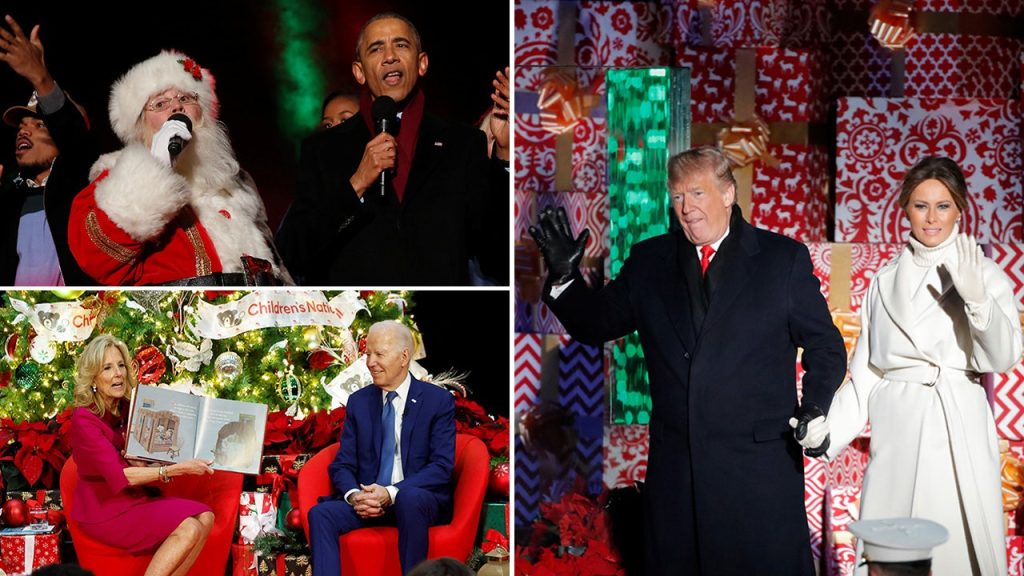Presidential Christmas traditions offer a unique glimpse into the personal lives of these leaders, reflecting their individual preferences and values while also intertwining with the historical context of their times. From intimate family gatherings to grand public celebrations, these traditions have evolved alongside the presidency itself, mirroring changing social norms and cultural trends.
In recent decades, presidential Christmases have often unfolded away from the White House, reflecting a desire for privacy and a return to familiar surroundings. President Joe Biden’s choice to celebrate in Delaware, his home state, exemplifies this trend, prioritizing family connections and established traditions like the annual pasta dinner and sleepover. Similarly, Donald Trump’s preference for Mar-a-Lago, his Florida estate, underscores the appeal of a personal retreat, while Barack Obama’s Hawaiian Christmases provided a respite from the pressures of Washington D.C. and a chance to reconnect with family and friends. This trend of seeking respite outside the capital contrasts with earlier presidential practices where the White House often served as the central stage for Christmas festivities.
Earlier presidents, like George W. Bush and his father, George H.W. Bush, favored the secluded presidential retreat of Camp David for their Christmas celebrations. This choice offered a balance between proximity to Washington D.C. and the tranquility of a more private setting. The continuity of this tradition across two administrations underscores the appeal of Camp David as a place for presidential families to create lasting holiday memories.
Delving further into the past reveals a rich tapestry of presidential Christmas traditions, often held within the White House itself. These traditions, ranging from elaborate parties to intimate family gatherings, reflect the evolving nature of the presidency and its relationship with the American public. Andrew Jackson’s “frolic” party, complete with an indoor snowball fight, captures the spirit of a more informal era, while Franklin D. Roosevelt’s tradition of reading “A Christmas Carol” aloud evokes a sense of warmth and familial connection during a time of national hardship.
The evolution of the Christmas tree tradition in the White House is particularly intriguing. Contrary to popular myth, Theodore Roosevelt did not ban Christmas trees from the White House. This misconception stems partly from the Roosevelts’ decision not to display a tree, reflecting the evolving nature of Christmas traditions in the early 20th century. The story of Archie Roosevelt, the president’s son, sneaking a small tree into the White House and decorating it secretly, adds a charming anecdote to this historical narrative, highlighting the enduring appeal of the Christmas tree as a symbol of holiday cheer.
The evolution of presidential Christmas traditions, from grand White House celebrations to more private family gatherings, mirrors the changing nature of the presidency itself. These traditions offer a fascinating glimpse into the personal lives of American presidents, revealing their individual preferences, family values, and the historical context of their times. They also underscore the enduring significance of Christmas as a time for reflection, connection, and celebration, both within the walls of the White House and across the nation. From Andrew Jackson’s playful snowball fights to Franklin D. Roosevelt’s heartwarming readings of “A Christmas Carol,” these traditions offer a unique and enduring perspective on the American presidency.

